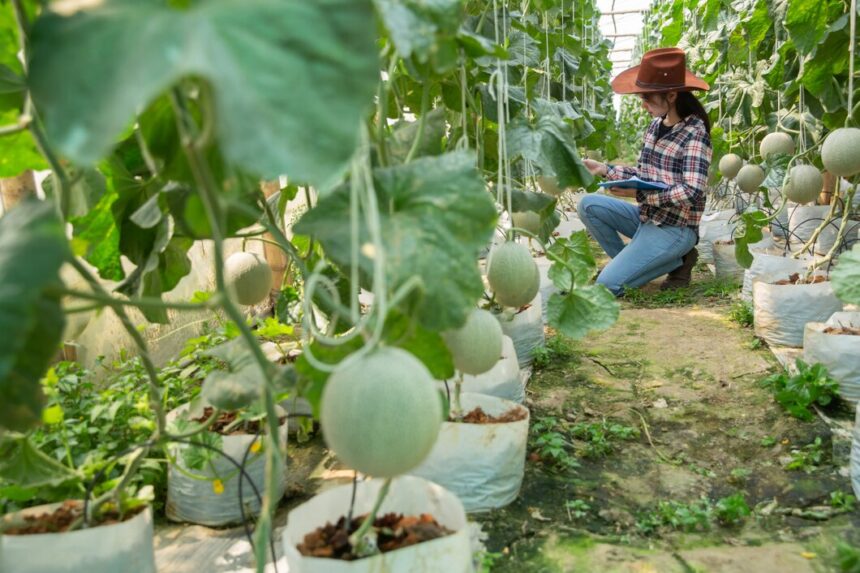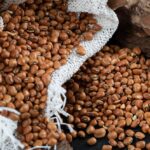Pruning is a vital practice that promotes plant health, enhances productivity, and ensures optimal growth for various crops in South Africa’s diverse agricultural landscape. Whether cultivating fruits, vegetables, or ornamental plants, mastering proper pruning techniques can significantly impact yield, quality, and disease resistance. Here are essential pruning tips tailored for South African farmers to achieve healthier plants:
1. Understand Plant-Specific Needs
Different plants require distinct pruning techniques based on their growth habits, fruiting patterns, and susceptibility to diseases. Before pruning, research or consult agricultural extension services to understand the specific requirements of your crops, such as fruit trees, vines, or bushes.
2. Timing Matters
Prune plants during their dormant or less active growth periods to minimize stress and maximize recovery. In South Africa, timing may vary by region and crop type due to climatic differences. Generally, prune deciduous fruit trees in winter when they are dormant and prune spring-flowering shrubs immediately after flowering.
3. Use Sharp, Clean Tools
Invest in high-quality pruning shears, loppers, and saws to make clean cuts without causing unnecessary damage to plants. Disinfect tools between plants or between pruning sessions to prevent the spread of diseases.
4. Remove Dead or Diseased Wood
Start by removing dead, damaged, or diseased branches to improve air circulation and prevent the spread of pathogens. Cut back to healthy tissue or the main stem, making angled cuts just above the branch collar.
5. Thin Out Overcrowded Branches
Reduce overcrowding within the plant canopy by selectively removing weaker or crossing branches. This allows sunlight to penetrate deeper into the plant, promoting better fruit development, and reduces the risk of fungal infections by improving air circulation.
6. Encourage Fruit Production
For fruit-bearing plants like citrus trees or grapevines, prune to encourage fruiting wood and remove excessive vegetative growth. Focus on retaining strong, well-positioned branches that can support the weight of fruit.
7. Train Plants for Structure
Prune young plants to establish a strong framework of branches that can support future growth and fruit production. Use pruning to shape plants according to desired forms, such as open-center or central-leader systems, suitable for different types of fruit trees.
8. Consider Rejuvenation Pruning
Revitalize older or neglected plants through rejuvenation pruning, which involves removing a third of the oldest branches each year over a few seasons. This stimulates new growth and improves overall plant vigor.
9. Monitor and Adjust
Regularly monitor pruned plants for regrowth and adjust pruning strategies as needed. Assess plant health throughout the growing season and prune selectively to maintain balance between vegetative growth and fruit production.
10. Seek Professional Advice
If uncertain, seek advice from local agricultural experts, extension officers, or experienced farmers who have successfully managed pruning practices for specific crops in your region. They can provide valuable insights tailored to local conditions and crop varieties.
Benefits of Proper Pruning
Implementing effective pruning techniques not only enhances plant health and productivity but also contributes to sustainable farming practices in South Africa. By promoting better air circulation, sunlight exposure, and disease prevention, farmers can optimize yields while reducing the need for chemical interventions.
By mastering these pruning tips and integrating them into farm management practices, South African farmers can cultivate healthier, more resilient plants that yield high-quality produce year after year. Pruning remains an essential skill for maintaining agricultural productivity and sustainability in diverse climates across the country.







